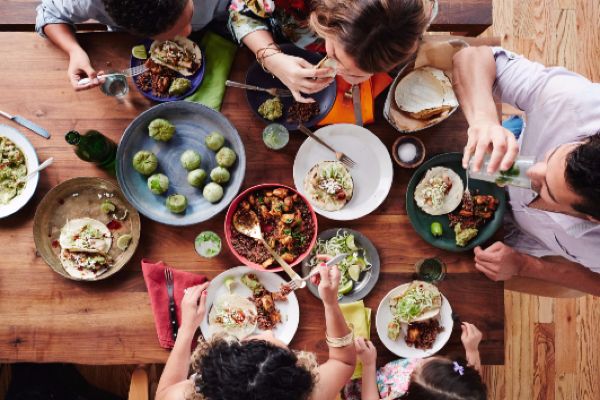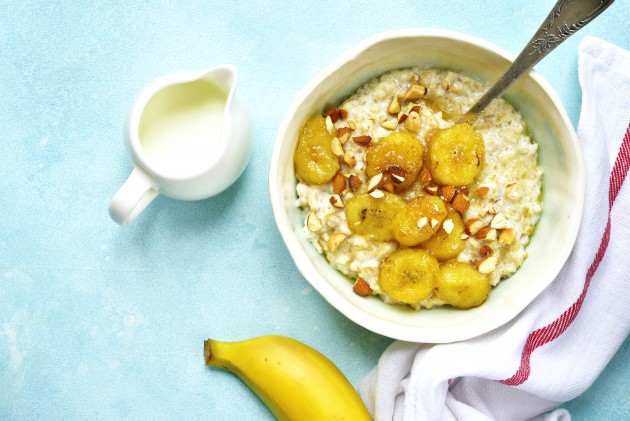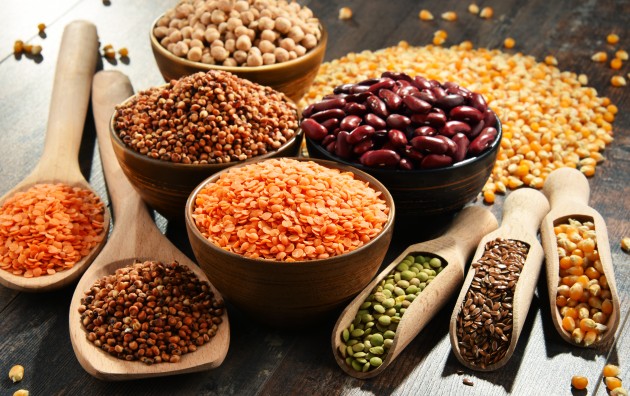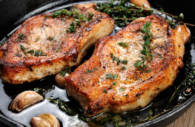
So, your granny was right all along: THIS is the secret to a healthy diet
So, it turns out if you want to improve your diet, you can forget all about low-fat, low-carb, gluten-free or any sort of restrictive nutrition plan for that matter.
You can improve your diet with a very simple element (and one your granny likely mentioned more than once), and that, ladies, is fibre!
We have all heard that porridge is a healthy breakfast. Indeed, a recent study confirmed the benefits of this Irish favourite as scientists, based at the APC Microbiome Institute in Cork, discovered that beta glucan, which is the fibre found in porridge, could help reduce cholesterol and even body weight.
The benefits of fibre have been widely documented in the past few years; it has been proved to make you feel full for longer, plays a key role in digestion, in reducing our risk of heart disease, diabetes and some cancers.

Yet, we are not eating enough of it
According to science, we should aim to eat 30 grams of fibre each day to enjoy all these benefits – weight loss included.
However, a whooping 80 per cent Irish adults are not even reaching 25g a day, which is the European Food Safety Authority recommendation.
How can I introduce more fibre to my diet?
Introducing more fibre into your diet isn’t rocket science.
Fibre is only found in foods that come from plants while foods such as meat, fish and dairy products don't contain any fibre.
To increase your fibre intake, the first thing you can do is simply increase your intake of fruits, vegetables, wholegrain cereals and legumes – all planted-based food, basically.

What foods are really high in fibre?
Beans, chickpeas and lentils are excellent sources of fibre and should regularly be on your menu, as well as wholegrain or wholemeal bread, rice and pasta.
All vegetables and fruits contain fibre, especially cauliflower, broccoli, squash, apple, pears, berries and leafy greens.
Another good reason to stick to your five-a-day, or even more…























